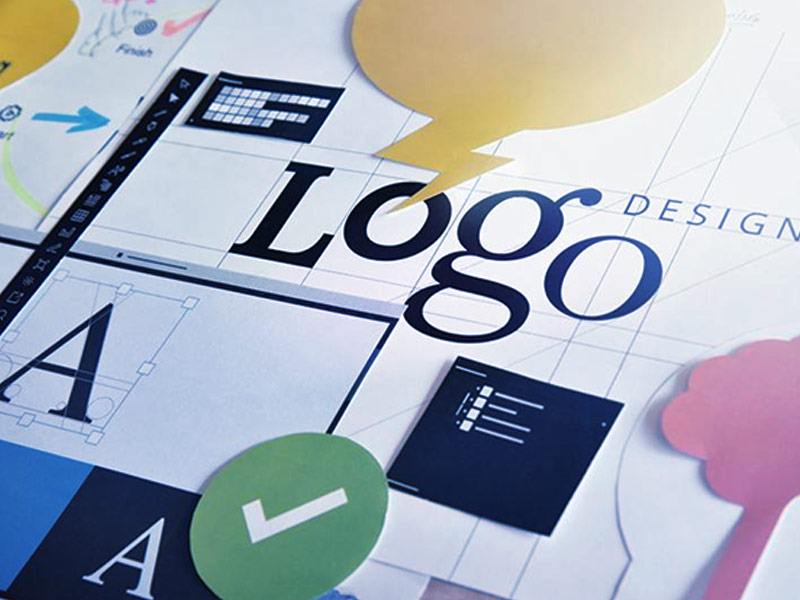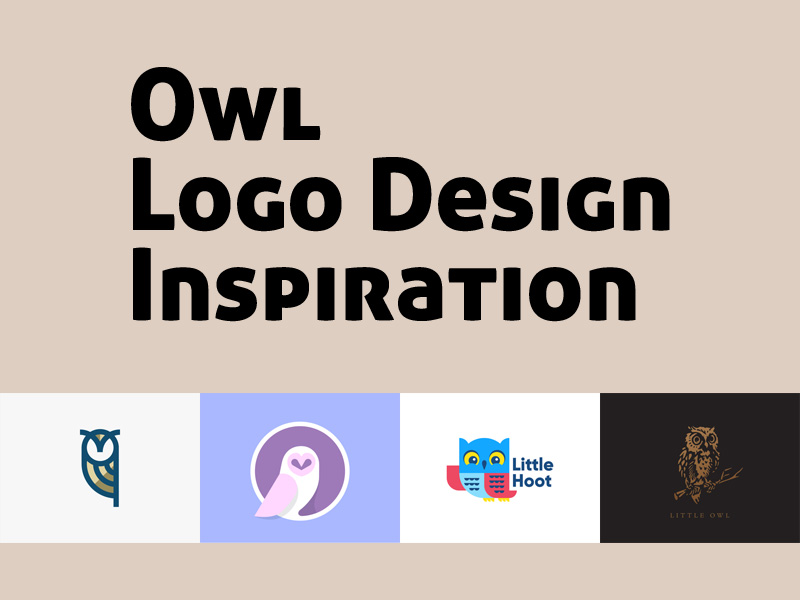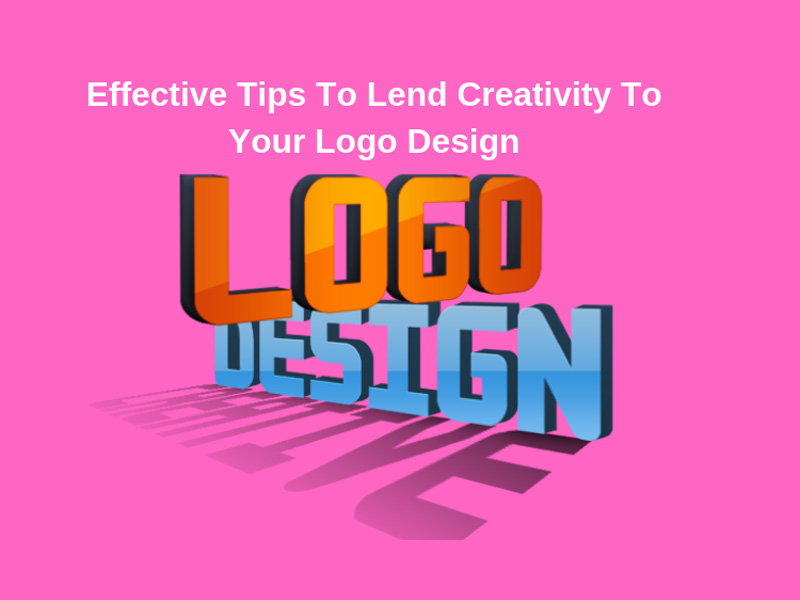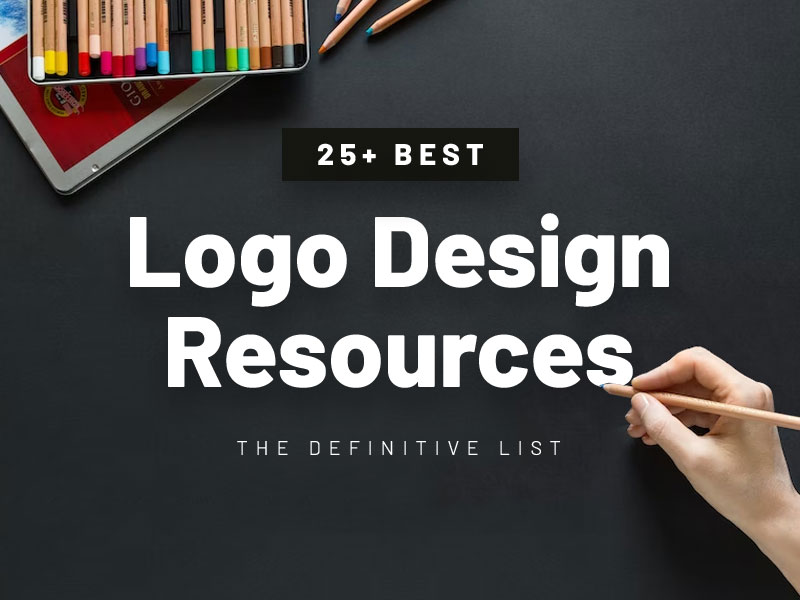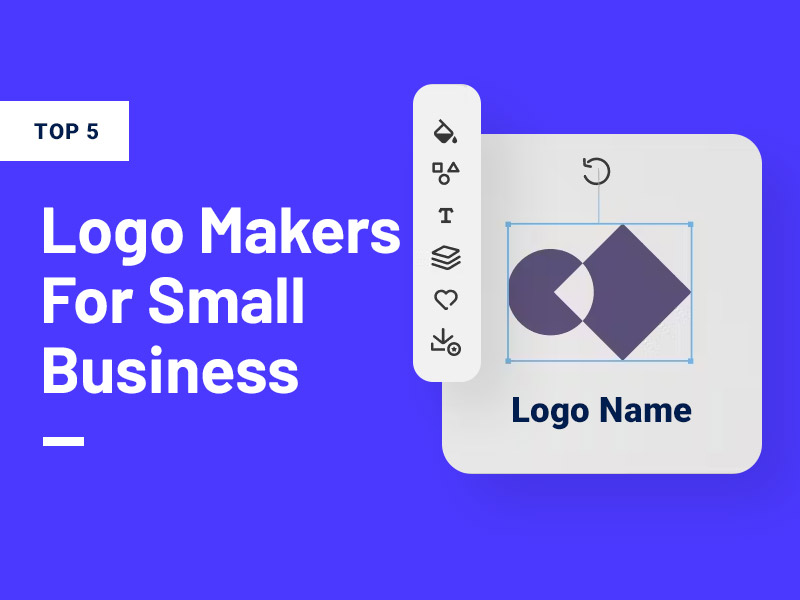No matter the scale of your operations, your business needs a logo. A logo is a graphical representation of your company, but this design does more than simply appear on your products, profiles, and website. A well-designed logo communicates your brand promise to the world. That is why most online business nowadays avails the benefits of logo design services. Learn about logos, including how your logo fits within your branding, best practices for using a logo, and signs that you’re ready for a new logo.
What Is A Logo?
A logo is a graphic image that combines thoughtfully chosen images and text to represent your brand. Your logo may contain your name, your brand’s tagline, or simply use a memorable graphic to communicate.
Logos should be clean, clear, and easily recognizable. When consumers see your logo, you want them to instantly associate that image with your brand. A top-quality logo does more than simply put your name out into the world. Ideally, your logo should inform people about your brand’s core principles.
Deciding on a logo is a major decision for your brand. Your mission, vision, beliefs, values, purpose, and promise should all be reflected in your logo. Explore the following logo elements to learn how each detail impacts your branding.

Colors
Colors are some of the most basic communication tools. Humans and many animals can associate colors with clear instructions, emotional states, and signs of danger.
Consider the red, yellow, and green lights on a traffic signal as one example of communicating through color. Your brand should use colors in a similar way when you design your logo. It can be tempting to choose your favorite colors for your logo.
Some entrepreneurs and small business owners simply apply their preferred shades to their company. However, your favorite color might have associations that aren’t ideal for your branding.
Here are some common moods, traits, or experiences commonly associated with colors:
- Red: passion, hunger, excitement
- Orange: unusual, offbeat, quirky
- Yellow: playful, juvenile, child-like
- Green: natural, eco-friendly, organic
- Blue: calm, peaceful, soothing
- Purple: artistic, open-minded, creative
- White: modern, serious, sleek
- Black: intense, heavy, moody
- Grey: indecisive, neutral, balanced
Consider these associations when you’re selecting colors for your logo and branding.
A simple color palette can help consumers connect your brand with a specific mindset.
Fonts And Text
Not every logo includes text, but many companies do include their name as part of their logo. This strategy ensures that customers and prospects see your brand’s name whenever they encounter your logo.
Textual logos help build brand recognition and encourage product recall. Adding your brand name to a logo might sound simple, but choosing a font for your logo is a vital decision.
Different fonts or typefaces evoke a range of feelings. Just like choosing a color plays a big role in your logo’s effectiveness, your choice of font also impacts your brand success.
Explore the following types of fonts and how they can influence your logo:
- Serif fonts, which have lines at the top and bottom of each letter, can appear trustworthy, established, or old-fashioned.
- San serif fonts, which don’t have lines, seem modern, streamlined, or cold.
- Script fonts, which look like cursive, give the sense of being hand-made, quirky, or artisan. These fonts can be hard to read in some applications.
- Bolded letters can make you seem decisive, strong, or heavy-handed.
- Hand-drawn fonts can be unique but may appear dated as design trends change.
Graphics
Just like some logos don’t contain text, others don’t contain graphics. However, lots of companies use designs in their logo. Whether you include a stylized version of your products, an aspirational lifestyle inspiration, or a simple box around your name, graphics can help your logo stand out. Graphic elements can add a sense of movement or personality to your logo. Graphic details are also useful in printed applications.
When your logo is printed on a tee-shirt, magazine ad, or billboard, the graphic design can make your logo pop off the background. Designing a logo is a serious process that deserves time, thought, and training.
However, you don’t have to combine logo elements on your own. You can use design contests to connect with expert designers who can design a custom logo with your brand in mind.
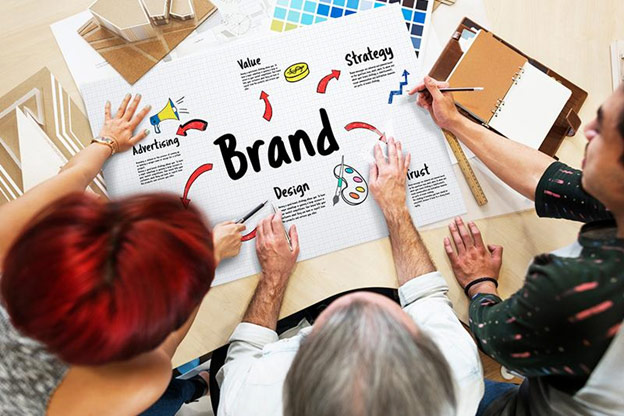
How Does A Logo Fit Into Your Branding?
A logo is a foundational part of your company’s branding, but it isn’t the only aspect to consider. Your overall brand is the overall experience and image people develop of your company.
Branding describes the strategy and actions you take to build up this perception. Branding includes every interaction your company has with your customers. It goes beyond your logo, social media pictures, website design, product packaging, email signatures, and much more. Think of your branding as the holistic idea of your company. Your logo acts like a mascot or a flag, sharing this idea with the world.
Brand Expression
Your logo is part of your brand expression, or the visual ways of showcasing your brand. You might hear people refer to a logo as a brand, but this is an oversimplification. Instead, the logo represents the brand through brand expression.
Here are some other elements of brand expression:
- Color choices
- Typography and fonts
- Seasonal updates, such as holiday-themed graphics
- Voice or customer service persona
- Email signatures
- Social media pictures
Brand Promise
Logos, color schemes, and other branding tactics are tangible, definable elements. However, other parts of your branding are intangible. Your brand promise, for example, represents your value proposition or the pledge you offer potential customers. A brand promise explains what your company offers and why customers want to work with you. A logo is different from a brand promise. In most cases, your brand promise isn’t part of your logo’s text.
However, a well-designed logo will reflect your brand promise. When customers see your logo, they should be excited about your brand’s value proposition.
Brand Experience
A final aspect of branding is your company’s brand experience. This concept includes your ideal customer experience with your brand.
Whether your company takes a playful tone with users, aims for respectful formality, or lands somewhere in the middle, this goal is your brand experience.
Your logo sets the tone for your brand experience. Playful companies can choose fun and lighthearted logo elements to communicate their easy-going nature to potential customers.
More serious businesses can decide on a standard, traditional design options. These choices help customers know what to expect from your company as soon as they see your logo.
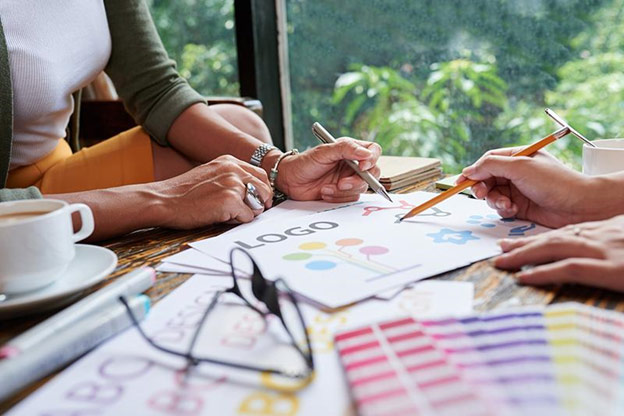
How Do You Use A Logo?
Your logo represents your company both online and in traditional print applications. Use your logo anywhere customers interact with you. Think of your logo as a friendly greeter or receptionist, always ready to welcome customers. It’s relatively easy to include your logo on your own collateral.
For example, you can add your logo to your webpage, business cards, headquarters, promotional items, and more. It can be more challenging to add your logo on assets you don’t control. Social media accounts, sponsorship listings, publications with strict editorial standards, and other resources aren’t always customizable. Always aim to add your logo whenever possible.
Digital Applications
The Internet offers a huge range of ways to reach customers, but brands don’t always have control over their digital presence. Social media accounts and other platforms include restrictions on content. For example, brands can’t control the size of their profile picture, nor how this graphic appears for other users.
Consistency is key across the digital landscape. When you add your logo to every business account, customers can easily recognize you. Brand recognition is important for every company.
Add your logo to all of your brand’s social media accounts to build this recognition. Some digital assets are more firmly under your control.
Your brand’s website, email marketing, downloadable files, and similar pieces offer more customization. Add your logo to each of these assets and include other branding expressions as applicable.

Print And Traditional Applications
The digital landscape is changing society, but print and traditional methods still offer value to your brand. Physical advertisements, promotional products, and branded merchandise can play a powerful role in your marketing plan.
People still commute past billboards, read physical media like magazines, and wear clothing from their favorite brands:
- Print your logo on traditional items to create an immersive experience for your customers. Every company can find a use for branded items, no matter your industry or niche.
- If you have a physical storefront, branded receipts, bags, and wrapping materials allow shoppers to carry the brand experience home with them.
- Digital stores or drop-shipping operations can similarly brand their shipping materials.
- Brands that provide digital products or consulting services can add logos to customer care packages or mailed advertisements.
Promotional items are also ideal for branding. These items are long-lasting forms of customer outreach. Consider the following items for conventions, trade shows, festivals, giveaways, and more.
- Tee shirts
- Pens, pencils, or crayons
- Hats
- Phone cases, holders, and other accessories
- Tote bags
- Stickers
- Water bottles
- Notepads
- Magnets
When you design branded merchandise, think of items your customers will use and see frequently. Aim to create a positive association with your logo, even among customers who’ve never tried your services. This feeling builds brand recognition in new prospects and brand loyalty in existing customers.
Brand Guidelines
When you use your logo, it’s important to do so in a consistent method. Your logo should always be recognizable, even in a range of applications. You can establish a set of brand guidelines, which are rules on how your logo is used.
Brand guidelines often include instructions on the following elements:
- Colors
- Sizes
- Any approved logo variants, such as a black and white or single-color version
- Margins
- Unapproved applications
Brand guidelines make it easy for your employees, vendors, and partners to use your logo reliably. This consistently helps consumers recognize your logo in all its applications.
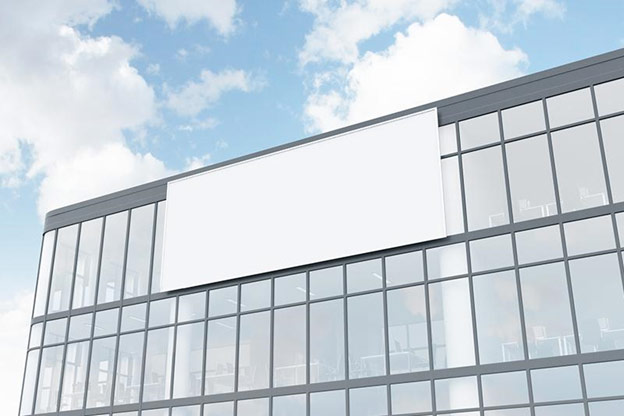
Signs You’re Ready For A New Logo
A logo is more than a cute graphic or fancy font treatment. Instead, a logo is a major part of your company’s branding journey. Your logo should use thoughtful graphic design concepts, build good associations among consumers, and reflect your brand promise. If you’re not certain your current logo meets all these targets, here are some common signs that your branding is ready for an upgrade.
Outdated Design Elements
Graphic design trends come and go. If your logo is years or decades old, take a look at it with fresh eyes. Older designs may have looked hip and current in the past, but deliver an old-fashioned image today.
Your Brand Has Evolved
Your company may have grown and developed since you started using your current logo. Perhaps your logo represents a service that’s now only a minor focus of your business, or even a product that’s been discontinued. If this is the case, your logo is ready to be updated.
You Don’t Have The Original Files
Graphic design files can get lost in your computer system. If you’ve scoured your network and can’t find your logo files, don’t be tempted to use a low-quality version. A logo refresh can keep you up-to-date with current software requirements.
Your Logo Doesn’t Reflect Your Values
If your logo is based on a particular product instead of your overall brand promise, it will hold you back in the future. A logo that reflects your entire brand can grow and evolve alongside your company.
Your Logo Confuses Your Customers
If your customers say they can’t read your logo or don’t understand it, don’t wait. Your company deserves a well-designed, clearly readable logo that customers can easily recognize. Invest In Your Business With A New Logo Don’t overlook a logo’s importance to your brand. If you’re not happy with your current logo, you can always invest in a new logo design. Hatchwise.com’s on-demand graphic design services are the perfect way to get a new logo with no stress. Visit Hatchwise today to learn more and get started with your new logo.
Invest In Your Business With A New Logo
Don’t overlook a logo’s importance to your brand. If you’re not happy with your current logo, you can always invest in a new logo design. Hatchwise’s on-demand graphic design services are the perfect way to get a new logo with no stress. Visit Hatchwise today to learn more and get started with your new logo.
